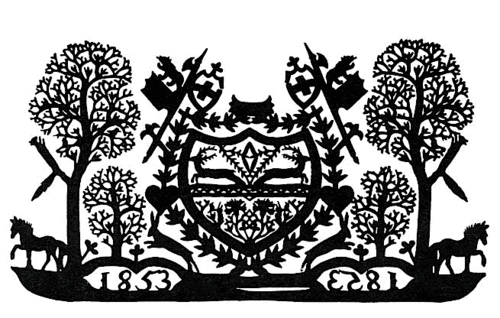There are many lovely train journeys in the world, but this must be one of the loveliest: the route taken through the Alpine foothills of Switzerland by the Goldenpass. This winter, you can hop aboard the “Cheese Train” to watch traditional alpine Swiss cheese being made. Details are below.

The full route begins in Montreux, from the railway station just above the lake, and continues to Zweisimmen in the Bernese Oberland.
Very soon after Montreux the train begins to climb vertiginously, leaving the tall hotels and sombre boarding houses far below. The lake is spread before you, first on one side and then on the other as the train winds round. Perched on a ledge high above the water, a power station with its tall chimney looms on a ledge like a 21st-century monastery with its bell-tower. The water is a deep navy blue: jagged mountains garlanded with clouds soar above it. It is easy to understand why, in the days before one could simply snap a picture of the scene on one’s smartphone, travellers were moved to capture the scene in verse. “The clouds above me to the white Alps tend,” scribbled a breathless Byron, “And I must pierce them, and survey whate’er may be permitted, as my steps I bend to their most great and growing region, where the earth to her embrace compels the powers of air!” Quite so.
After Chamby (a request stop), Montreux is far below and you begin to hear cowbells, see fields scattered with baled-up hay and neat wood piles outside snug chalets, their balconies ablaze with geraniums. At Les Avants the train halts to wait for the one coming in the opposite direction. The station building announces that we have climbed to 972.76m (slightly over 3000ft).
Soon after this the train enters a long tunnel. When it emerges at the other end, it reveals a completely different landscape. This is the famous Oberland, or Pays d’Enhaut, an amazingly lovely region of luminous green pastures, leaping crags, hurtling waterfalls and forests of pine and red fir. It is here, in the high, scattered chalets, that Etivaz is made, the mountain cheese that rivals Gruyère for authenticity and flavour. In the high pastures, cheese is made in the chalets until October. Farmers rise to milk their cows at five. Cheese-making (in a copper cauldron over a wood fire) begins around seven. The milk is slowly heated and stirred, and the curds collected into a cheesecloth and placed in a circular press to make the smooth golden truckles of Etivaz. In winter, cheesemakers demonstrate their skill at a place called Le Chalet. For details of how to participate, see the Cheese Train section of the Goldenpass website.
After Rougemont, with its fortified church and former priory, French-speaking Switzerland ends and the German part begins. The trains stops at Saanen, with its airfield for the jet-setters of Gstaad, then Gstaad itself, and then Zweisimmen. The total journey time is around two hours.
Practicalities
There are three types of train on this route. The Goldenpass Classic is a reproduction of a 1930s luxury Pullman. The Goldenpass Panoramic has huge picture windows which allow you to see as much as possible of the view. There are also VIP coaches which you can book in advance, which are right at the very front of the train. Timetables posted at the stations tell you what kind of train operates when. If neither Classic nor Panoramic is indicated, the train will be a small, humble little thing, with a guard’s van equipped with lantern, stop sign, broom and snow shovel. In some ways these are the most authentic-feeling of all, though they tend to run only early in the morning or at night.
Information about prices, special offers, discounts and timetables can be found on the website here.



And if you stop in Château d’Oex, be sure to visit the Musée du Pays d’Enhaut to see the extraordinary handiwork of J-J Hauswirth, a man of apparently little or no formal education who produced intricate and unbelievably delicate cut-outs or découpages, attaching his scissors to his hands with wires when he grew older and his fingers grew too thick.






